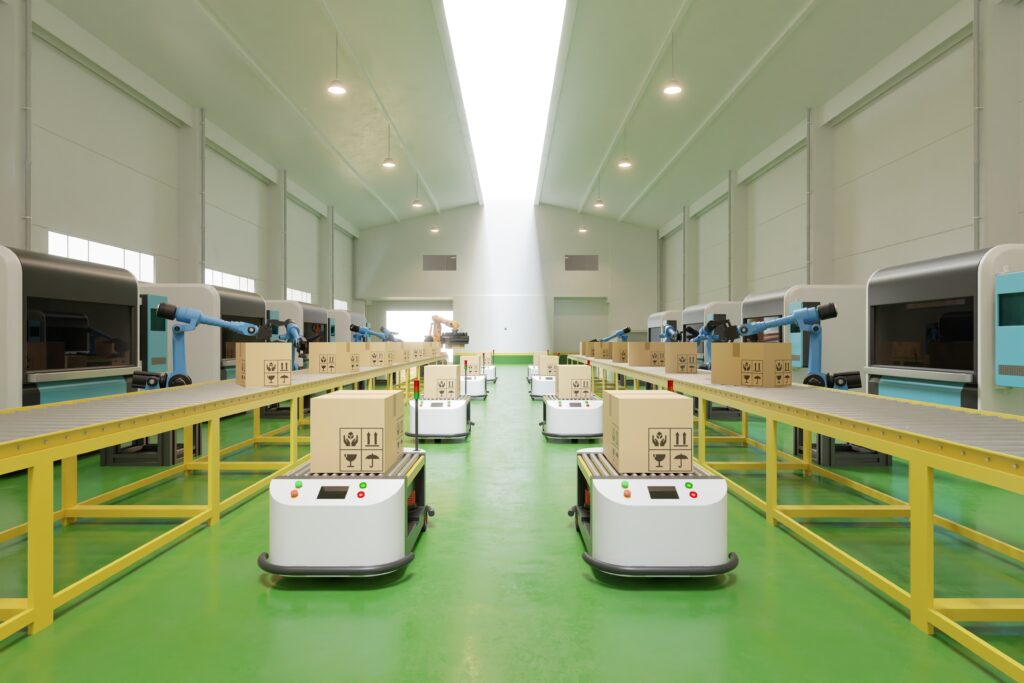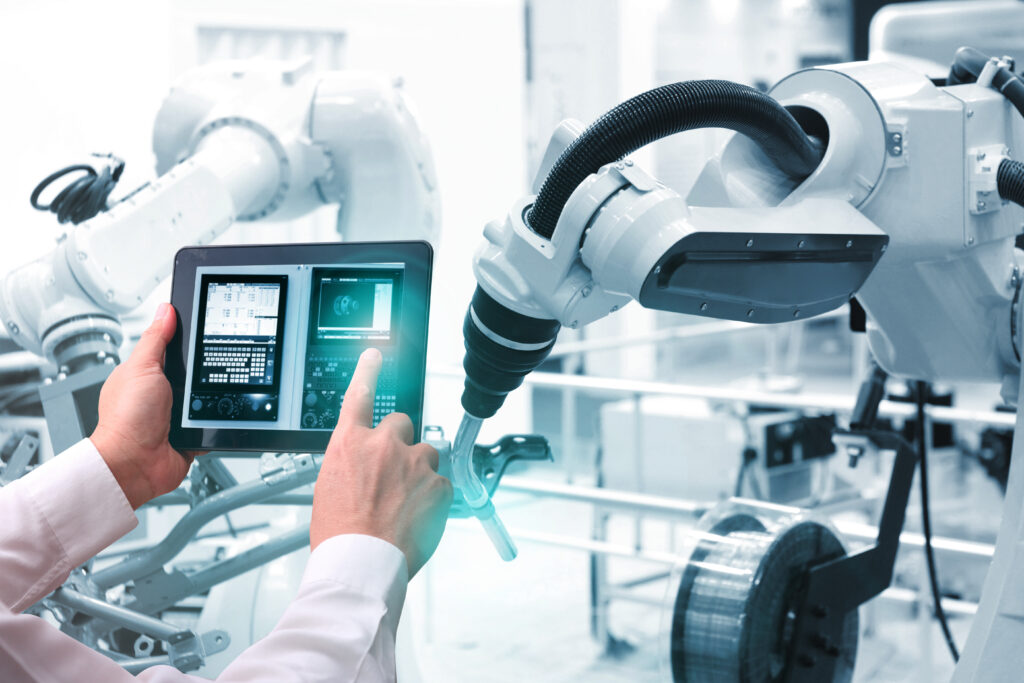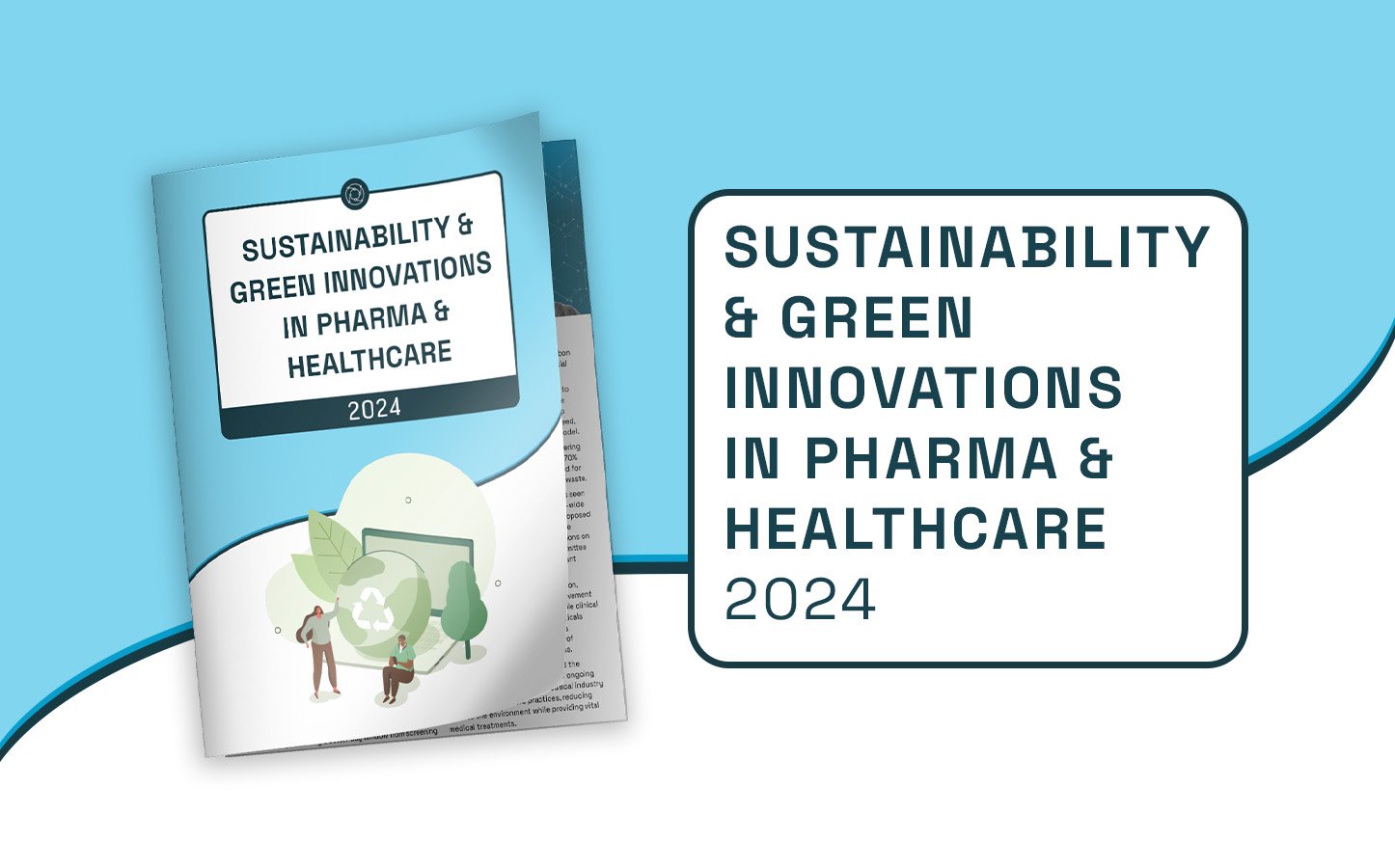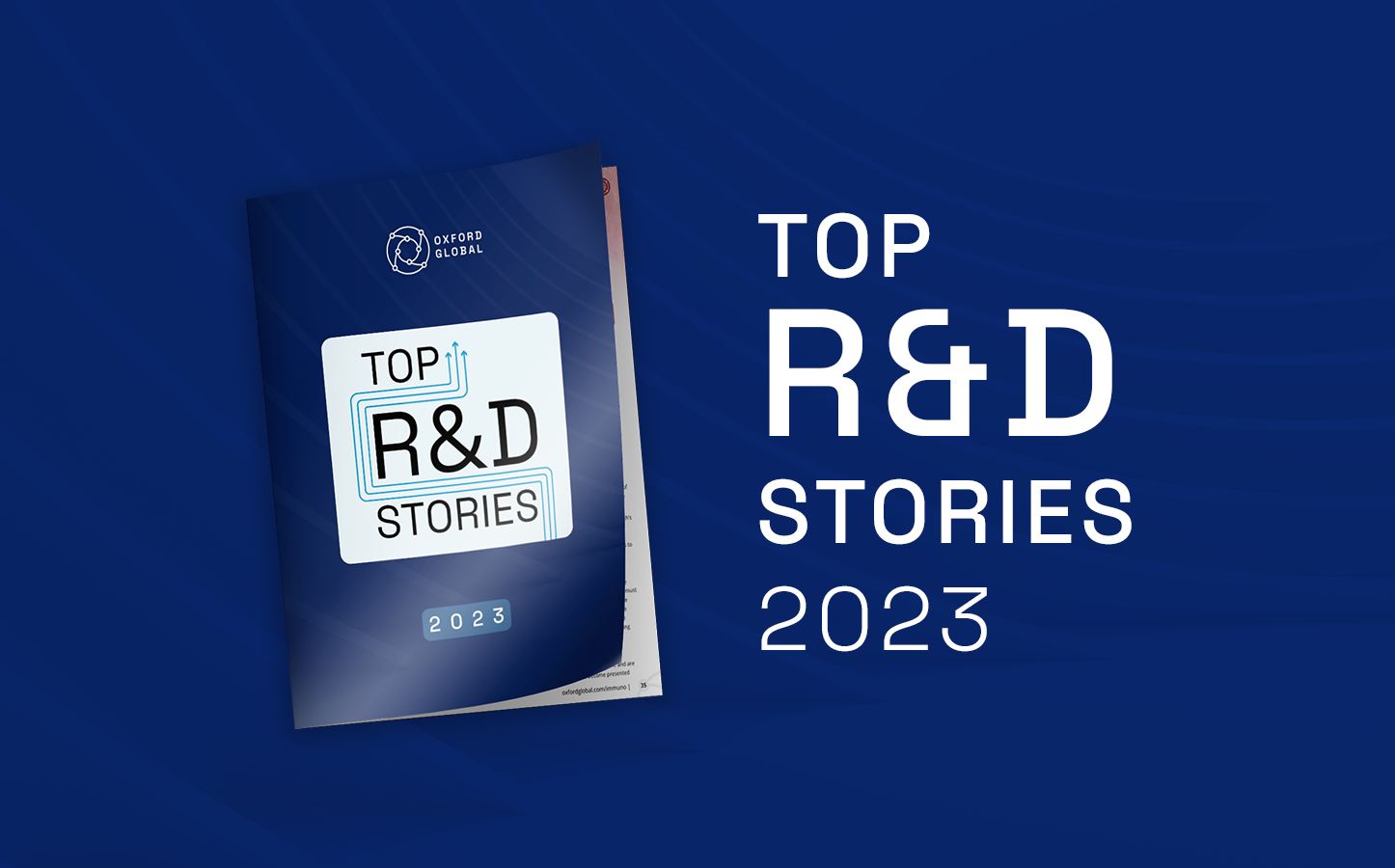Discussion Group Report - Mobile Robotics

Last November, our PharmaTec Series discussion group focused on mobile robotics. We explored their current uses, challenges and potential. Oxford Global’s discussion groups bring together a select group of 15-20 key industry leaders for approximately one hour for in-depth knowledge sharing and conversation.
Leading this month’s group was Mike Ouren (OEM Sales Manager, Lab Automation at Thermo Fisher Scientific). Mike has spent 20 years engineering, supporting, and selling robotic systems in the life sciences, electronics, and pharmaceutical industries. Joining him as panellists were David Wolton (Engineering technology lead at Takeda) and Charly Coulon (Head of Future Manufacturing Concepts at INVITE GmbH), as well as attendees from several major pharmaceutical and manufacturing companies.
Exploring Use Cases: Logistics

While robots were once seen as a threat to jobs or too expensive to implement, the past few years have proven that robots can be valuable colleagues, working together with scientists and manufacturers to make their jobs easier and more productive. Robots have rapidly become integral in the logistics sector, and work is underway to expand their capabilities and efficiency.
David Wolton introduces the topic by saying, “one thing worth mentioning about logistics is that you don’t bring in a robot for just one thing. You utilise it 24/7 For as much as you can. They don’t mind which department they’re in. You can get them delivering spare parts; you can get them delivering consumables. You can get them delivering gowning, you can get them taking out the waste bags; they don’t really care. So, what you start to do with these small mobile robots is to look at what can they be used for and how can they be integrated. On-demand delivery of consumables is perfectly possible. Also, delivery of kits, we’re already delivering kits for production areas, totally autonomously. There’s no human being involved in delivering these kits at all. All perfectly possible, but it’s maximising the use of them when you’ve got them.
"What we’re seeing is that there’s a strong desire to automate logistics. And not only just automate the warehouse but automate beyond; I think the vision that we are aiming for is that you can order certain things from your iPad, or your phone or your desktop, and they will be delivered to where you are in the factory.
"There are still a number of challenges that we see at the moment. One is how you store things in the warehouse for them to be then sent over on demand. But then it’s also how do you get the product from the warehouse to the production area because often that’s a change of grade. There are different classifications in pharma. So, you start with what they call CNC, which is controlled unclassified, and the highest grade is Grade A - and the difficulty is getting through control points.
"We’ve started looking at how you get it from the warehouse to, say, the first airlock. In effect, it’s picked from the warehouse automatically, it’s put on the back of a robot, and it gets as far as it can before it stops in the grade change area. A lot of the big biologic’s facilities, certainly the ones producing COVID vaccines, are using closed processes. I’m really interested in solving that problem.”
Changing Practices: Towards Integration and Industry 4.0
When mobile robotics were first introduced, they were mostly independent and constrained to one area. Integrating robotics usage with existing and future workflows can be challenging and expensive, but this is now beginning to change. David Wolton explains that “the integration costs can be considerably more than the robot itself. But there’s a real shift. A good example is the Andrew Alliance plus robot made by Waters. There is no integration; there is no integrator, you get it out of the box, you put it on the surface, you open up the computer, and it will work with minimal training.
"What that means for the pharma industry is a significant reduction in cost. Because, in effect, you’re not paying for the integrators. You take it out of the box; it learns the environment. And this is the I think the cosmic shift in what’s happening is you’re going away from the classical way robots are put into production lines, to much more flexible, ready to use robots that can go into laboratories, that can go into biological safety cabinets that go in cell and gene therapy, where you’re not having to do a huge amount of programming upfront.”
Mike Ouren expanded on this, connecting the issue to IT and safety challenges. He noted that in the past, integration “wasn’t really a concern because it was all disconnected from the main network, and people were bringing USB sticks to pull off Excel CSV files to transfer to the next island. You had this scientist-driven workflow of moving things around the lab, now with industry 4.0, from labs, to automotive and making cell phones, integration is everywhere, in manufacturing. And data management optimisation is certainly something that is involved making it easier to bring all this together.
"But it also creates a bigger IT problem because now you’re involving more of the infrastructure, more subsystems that might be in different sites entirely. It must go through the IT infrastructure to get there, it does make the life of the scientists easier because the data is managed in a way that is automated, just like the system that generated it. That’s great, but it presents huge IT and safety problems.”
Safety and Regulation

Safety has always been a critical concern in the pharmaceutical industry, and regulatory agencies often have strict restrictions and processes that must be followed. An attendee explained that “With complex workflows, that workflow might quite rightly change with a degree of regularity. You’re going to be forever updating the regulatory paperwork and getting the assessment done before you can use it. And by the time it’s time to use it, you need to make another change. So, you’re walking around, and round and round, and you never get there. Charlie mentioned integration software, and it’s good, but it doesn’t always fit nicely into what the IT department would call a secure tidy landscape.
"If a bad actor or somebody can get onto that network and make a command, either intentionally or by accident, and for example, an arm performs unpredictably, you’ve potentially got bad things happening. So, you need a security barrier in the IT systems that isn’t just an IT worry; it’s a laboratory safety worry. And that fits into a whole change control landscape.”
Final Thoughts & Conclusion
At Oxford Global, we couldn’t have been more pleased with the turnout for our first mobile robotics discussion group. The conversation was engaging, the debate stimulating, and the event provided the perfect setting for exchanging ideas. Attendees were very positive about the group, with one stating that “this is the first time I’ve heard this discussed in this form. Maybe I’ve been attending the wrong groups. But these discussions need to be more widely had.”
David Wolton agreed and made the point that “big pharma companies are slow, and it can be difficult to get money in budgets and lots of silos. However, if we continue to have these open discussions with large companies, small companies, being free to share ideas. Smaller companies might be able to react faster benefits the patient. It benefits the industry. I would say open discussions like this, and open conferences help pharmaceutical companies share ideas and concepts with smaller companies that can move faster. In the end, it benefits the patient.”
Mike Ouren concluded the meeting by saying, “we’re at a great point to push the mobile robotics industry in a new direction. And you’re right; these discussions are a big part of that.”
If mobile robotics and automation are areas of interest, Oxford Global’s upcoming ‘Pharmaceutical Mobile Robotics’ event offers two days of cutting-edge presentations and knowledge-sharing, including over 40 industry insights, sponsored presentations and demos, interactive panel discussions. For more information, you can download an agenda here.




.png)

